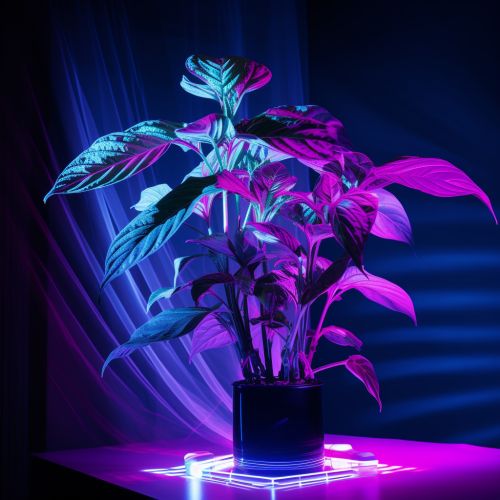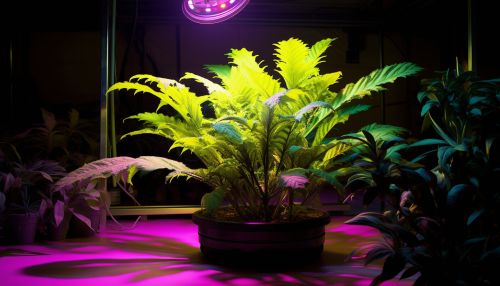Mechanisms of UV-B Radiation Tolerance in Plants
Introduction
Ultraviolet-B radiation (UV-B) is a component of sunlight that has significant effects on plant growth and development. UV-B radiation, which ranges from 280 to 315 nm, is more energetic and potentially more damaging to organisms than UV-A radiation (315 to 400 nm). Despite the potential harm, many plants have developed mechanisms to tolerate UV-B radiation. This article explores the various mechanisms of UV-B radiation tolerance in plants.


UV-B Radiation and Plants
UV-B radiation can cause direct damage to plant cells by absorbing biological molecules such as nucleic acids, proteins, and lipids. It can also lead to the production of reactive oxygen species (ROS), which can cause oxidative stress and damage cellular components. Despite these potential threats, plants have evolved various mechanisms to tolerate and even benefit from UV-B radiation.
Mechanisms of UV-B Radiation Tolerance
Photorepair
Plants have a mechanism known as photorepair, which uses light energy to repair DNA damage caused by UV-B radiation. This process involves the enzyme photolyase, which absorbs light and uses the energy to repair pyrimidine dimers, a common type of DNA damage caused by UV-B radiation.
Synthesis of UV-absorbing Compounds
Plants can synthesize UV-absorbing compounds, such as flavonoids and sinapate esters, which absorb UV-B radiation and prevent it from reaching sensitive tissues. These compounds are often concentrated in the epidermal cells of leaves and stems, providing a protective shield against UV-B radiation.
Production of Antioxidants
Plants can produce antioxidants, such as ascorbate and glutathione, which can neutralize reactive oxygen species produced by UV-B radiation. These antioxidants can prevent oxidative damage to cellular components, enhancing the plant's tolerance to UV-B radiation.
Stress Response Pathways
Plants have stress response pathways that can be activated by UV-B radiation. These pathways can lead to the expression of stress response genes, which can enhance the plant's tolerance to UV-B radiation. For example, the mitogen-activated protein kinase (MAPK) pathway can be activated by UV-B radiation and lead to the expression of genes involved in DNA repair, antioxidant production, and synthesis of UV-absorbing compounds.
UV-B Perception and Signaling
Plants can perceive UV-B radiation through a photoreceptor known as UVR8 (UV RESISTANCE LOCUS 8). Upon absorption of UV-B radiation, UVR8 undergoes a conformational change and interacts with COP1 (CONSTITUTIVELY PHOTOMORPHOGENIC 1), a key regulator of light signaling. This interaction leads to the activation of UV-B-responsive genes, which can enhance the plant's tolerance to UV-B radiation.
Conclusion
Plants have developed various mechanisms to tolerate UV-B radiation, including photorepair, synthesis of UV-absorbing compounds, production of antioxidants, and activation of stress response pathways. These mechanisms can protect plants from the harmful effects of UV-B radiation and even allow them to benefit from it. Understanding these mechanisms can provide insights into how plants respond to environmental stress and can have implications for agriculture and plant biology.
